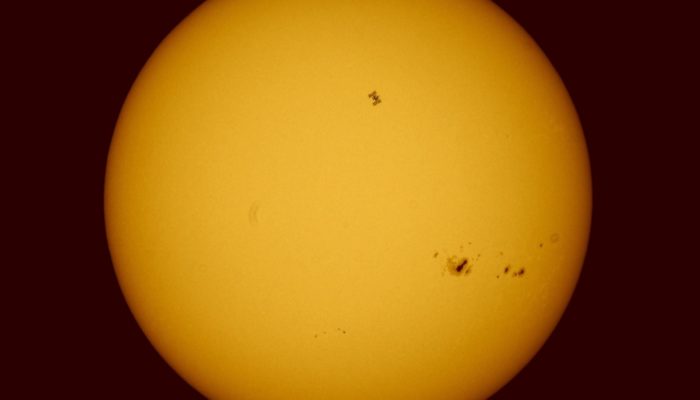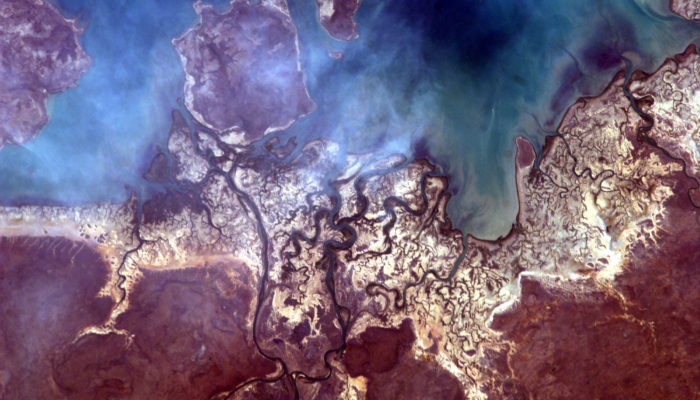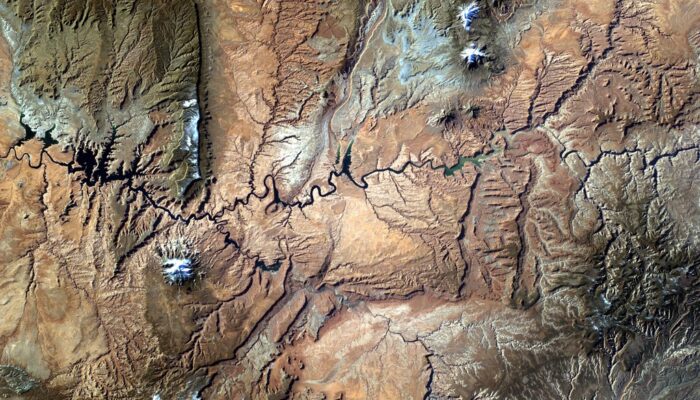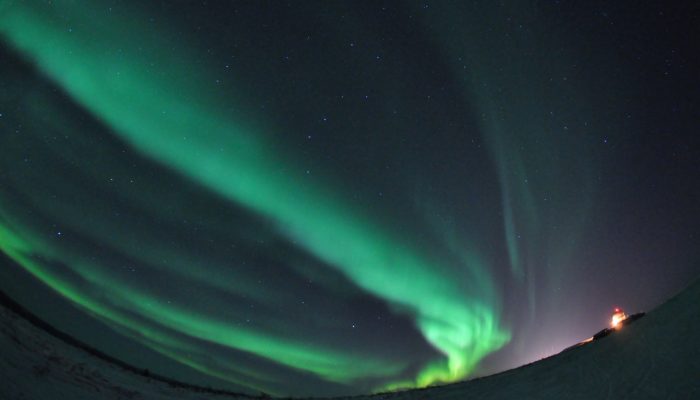The International Space Station, a human-made, life-supporting habitat, and a most complex and unique scientific laboratory, orbits the Earth in only 90 minutes – that is 16 times a day! Even so, only occasionally, we earthlings have the privilege of seeing it’s dark outline against the much brighter surfaces of the Sun or Moon. Timing is of crucial importance if you want to see this, ...[Read More]
Imaggeo On Monday: International Space Station transiting the Sun




